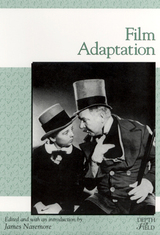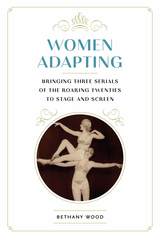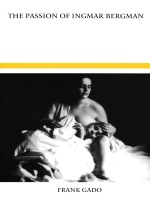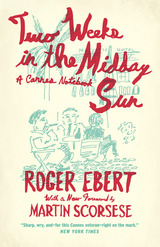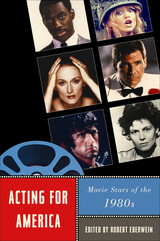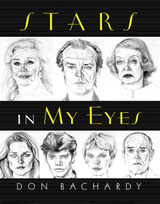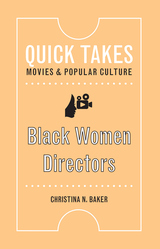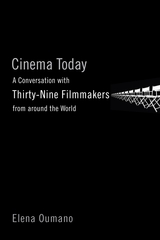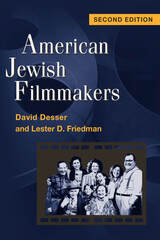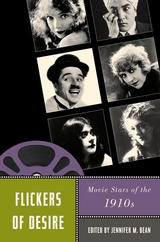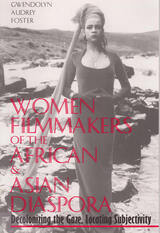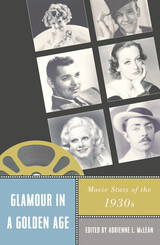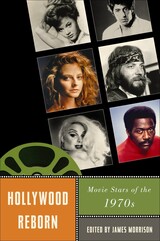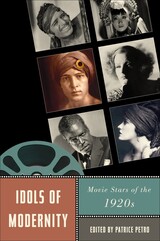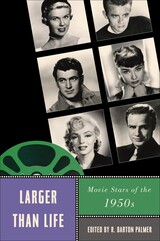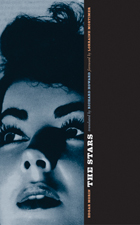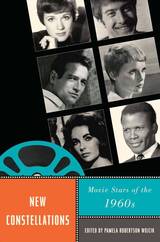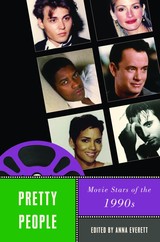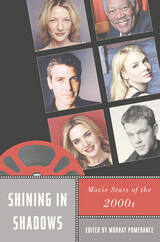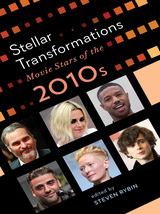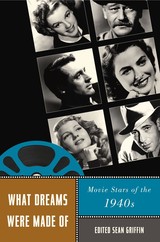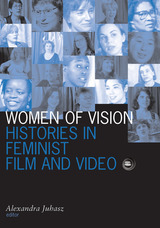Flickers of Desire: Movie Stars of the 1910s
Rutgers University Press, 2011
Cloth: 978-0-8135-5014-5 | Paper: 978-0-8135-5015-2 | eISBN: 978-0-8135-7893-4
Library of Congress Classification PN1998.2.F5585 2011
Dewey Decimal Classification 791.430280922
Cloth: 978-0-8135-5014-5 | Paper: 978-0-8135-5015-2 | eISBN: 978-0-8135-7893-4
Library of Congress Classification PN1998.2.F5585 2011
Dewey Decimal Classification 791.430280922
ABOUT THIS BOOK | AUTHOR BIOGRAPHY | REVIEWS | TOC
ABOUT THIS BOOK
Today, we are so accustomed to consuming the amplified lives of film stars that the origins of the phenomenon may seem inevitable in retrospect. But the conjunction of the terms "movie" and "star" was inconceivable prior to the 1910s. Flickers of Desire explores the emergence of this mass cultural phenomenon, asking how and why a cinema that did not even run screen credits developed so quickly into a venue in which performers became the American film industry's most lucrative mode of product individuation. Contributors chart the rise of American cinema's first galaxy of stars through a variety of archival sources--newspaper columns, popular journals, fan magazines, cartoons, dolls, postcards, scrapbooks, personal letters, limericks, and dances. The iconic status of Charlie Chaplin's little tramp, Mary Pickford's golden curls, Pearl White's daring stunts, or Sessue Hayakawa's expressionless mask reflect the wild diversity of a public's desired ideals, while Theda Bara's seductive turn as the embodiment of feminine evil, George Beban's performance as a sympathetic Italian immigrant, or G. M. Anderson's creation of the heroic cowboy/outlaw character transformed the fantasies that shaped American filmmaking and its vital role in society.
See other books on: Desire | Miyao, Daisuke | Motion picture actors and actresses | Movie Stars | Studlar, Gaylyn
See other titles from Rutgers University Press

